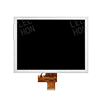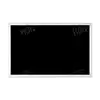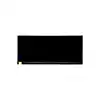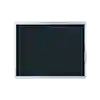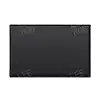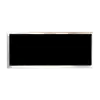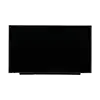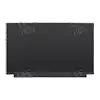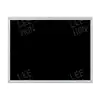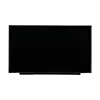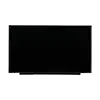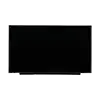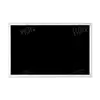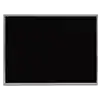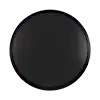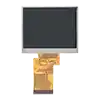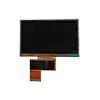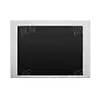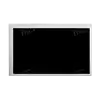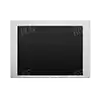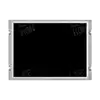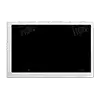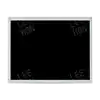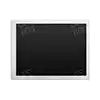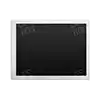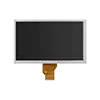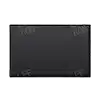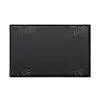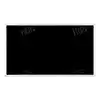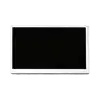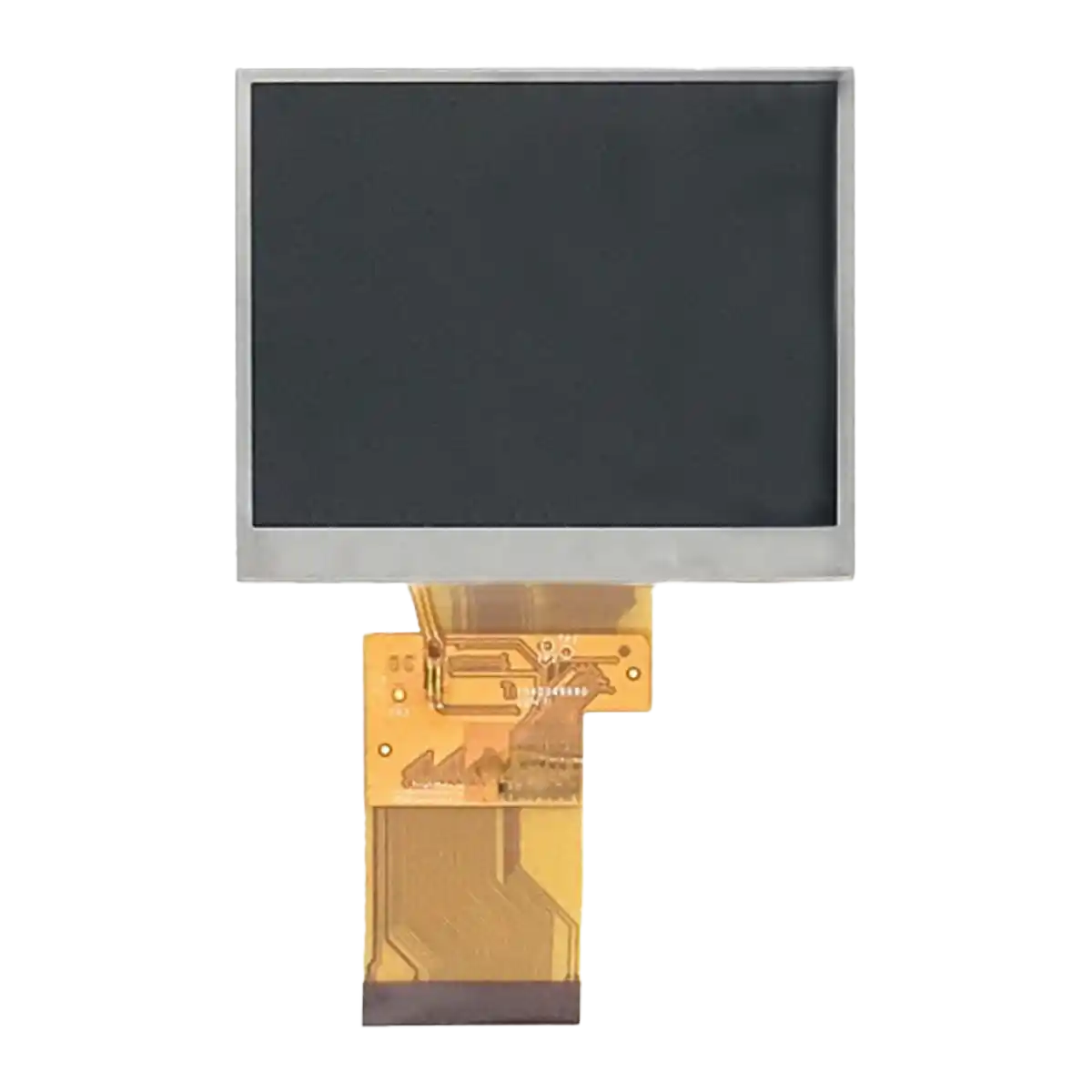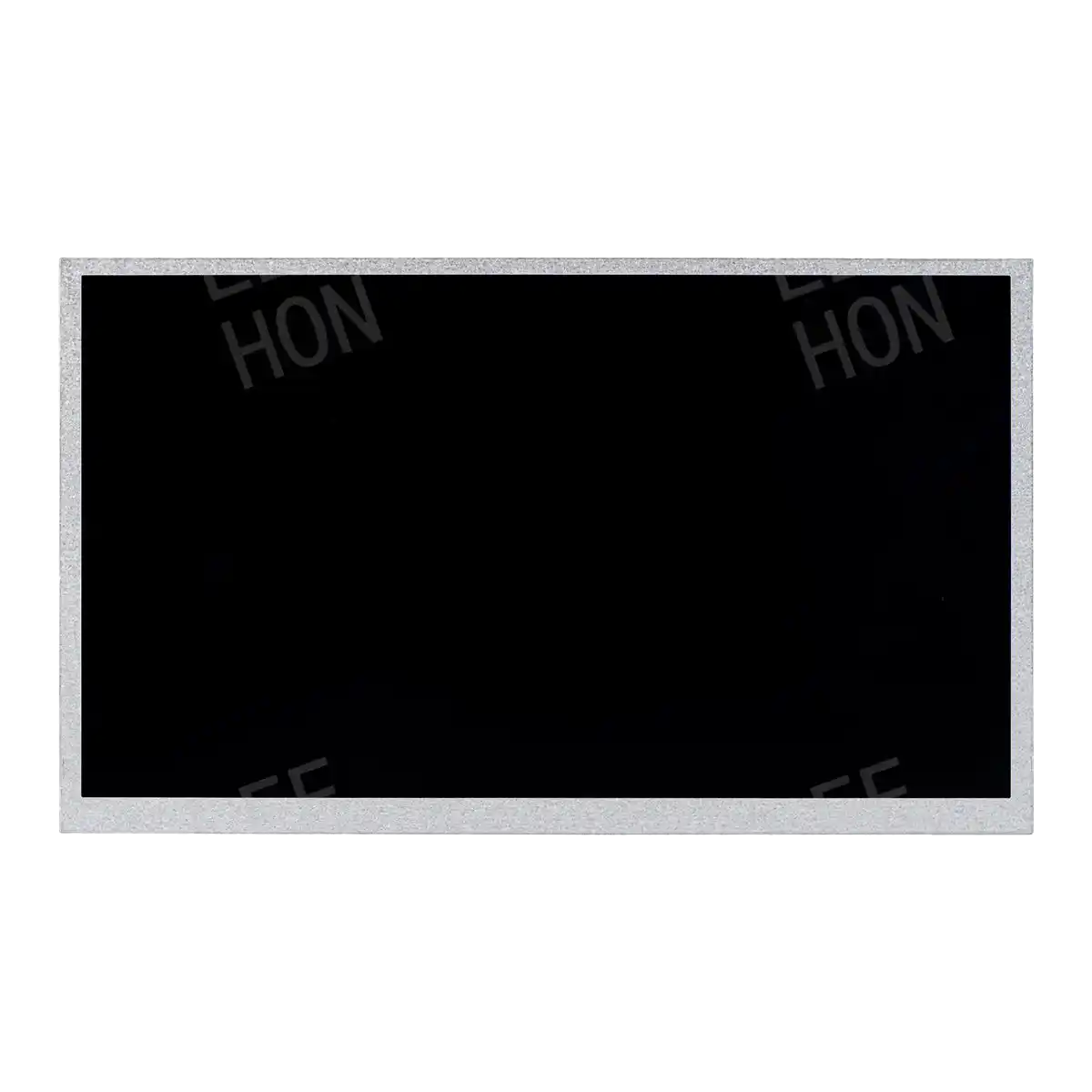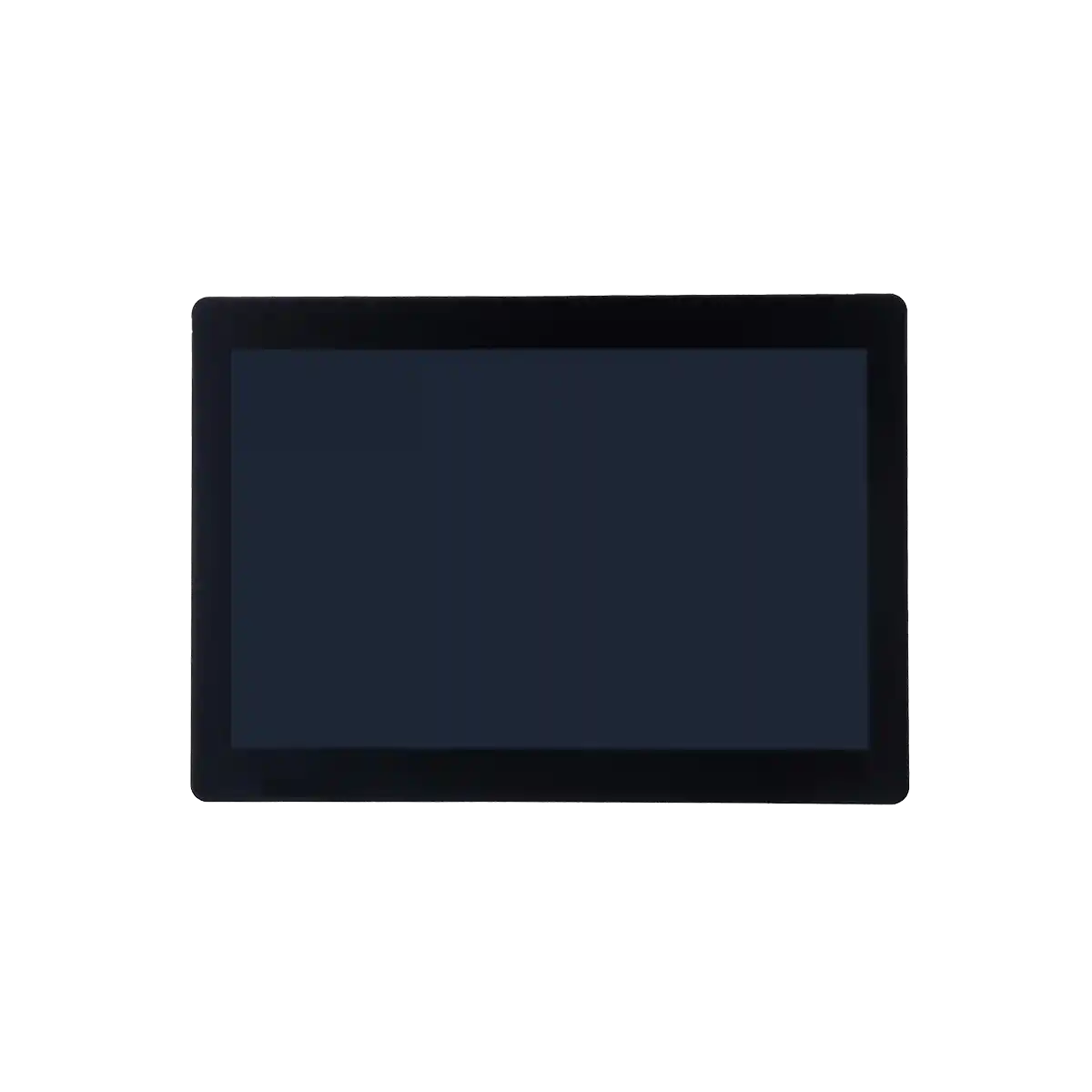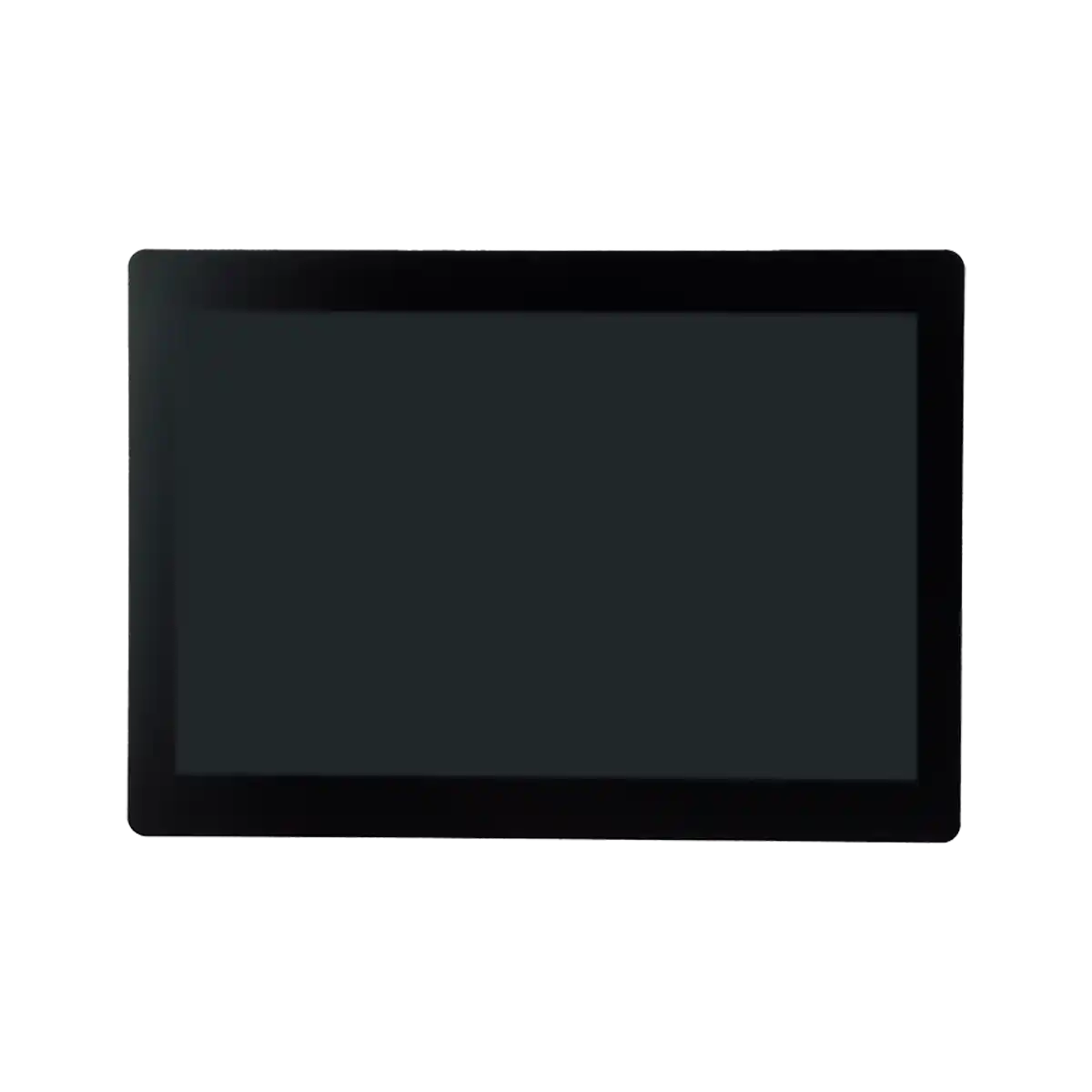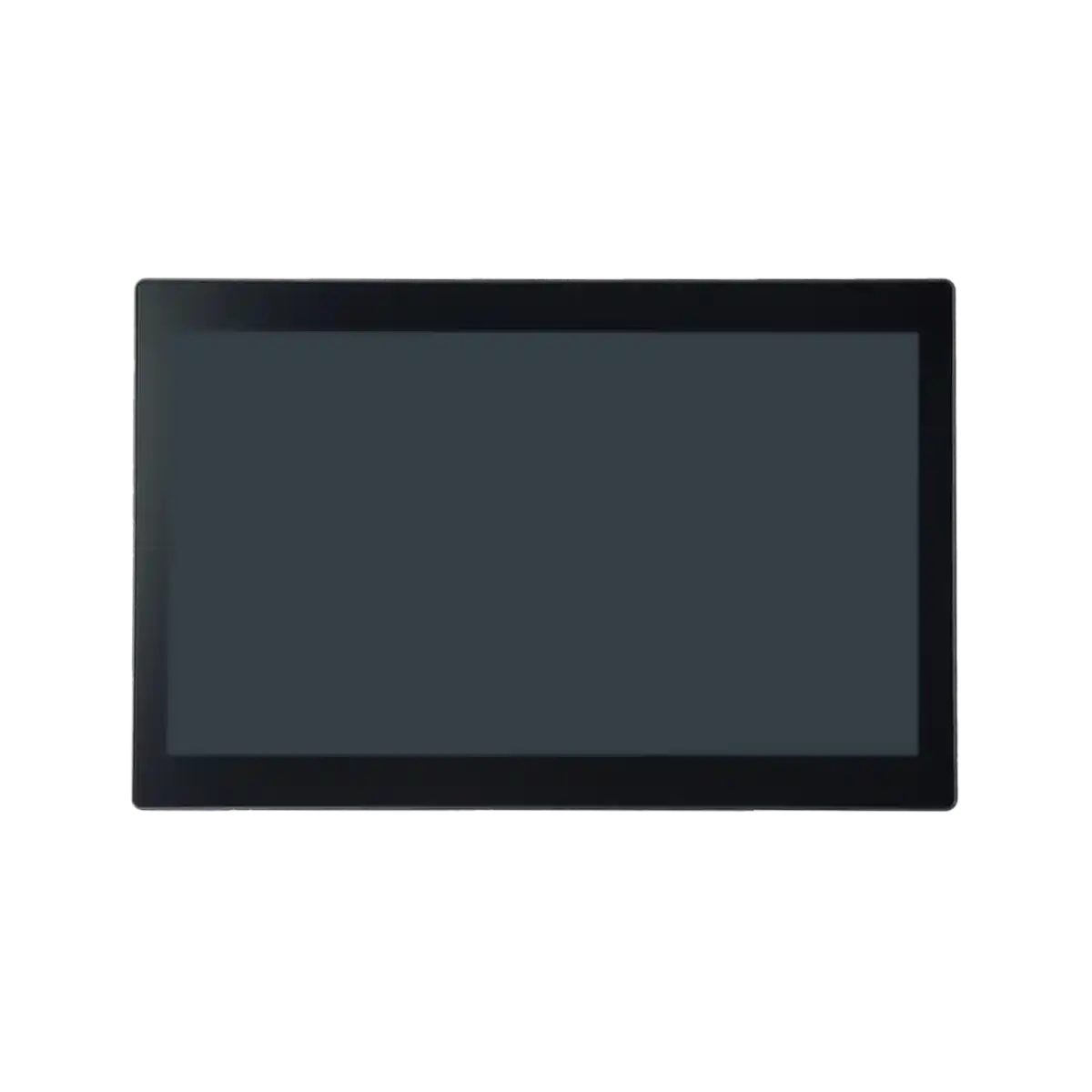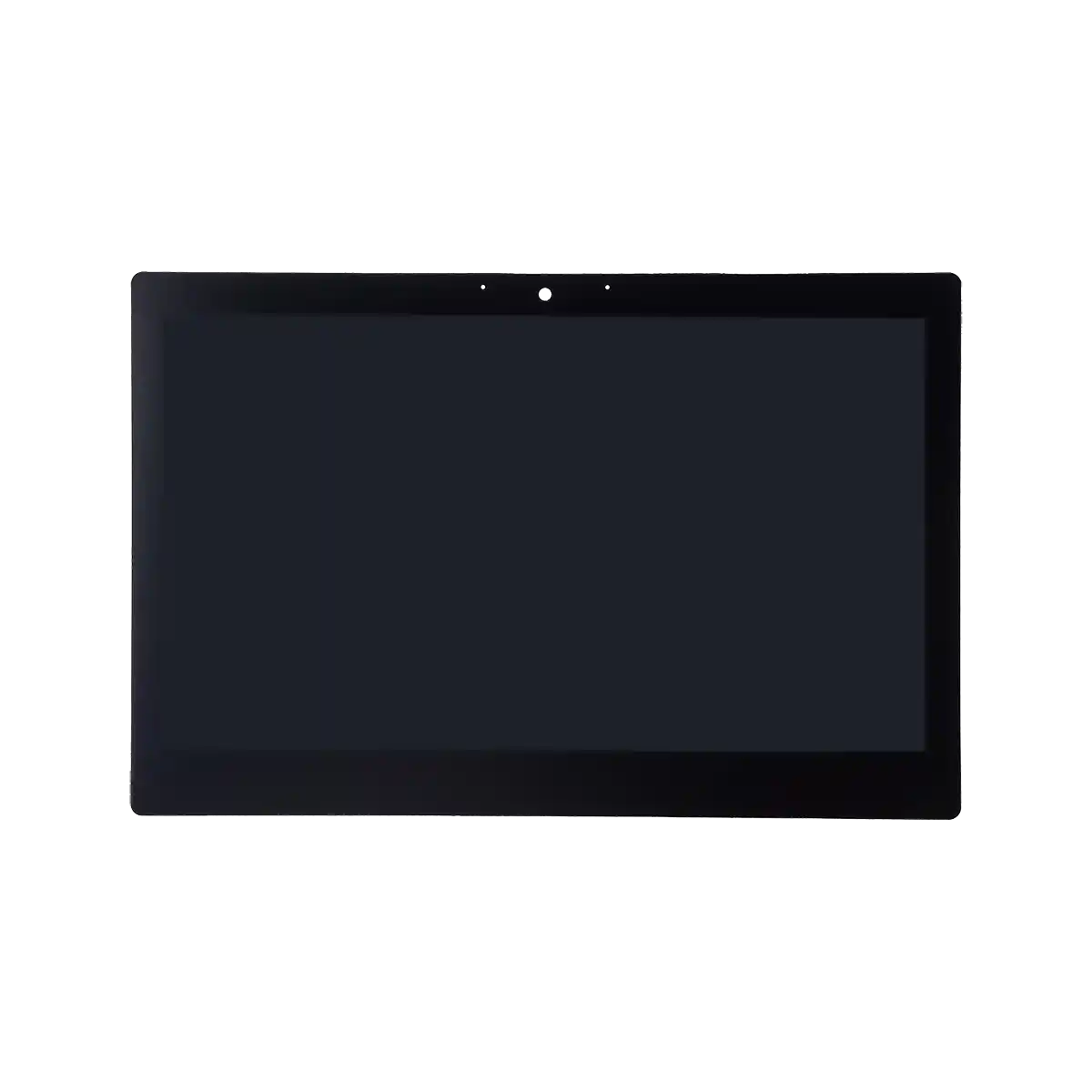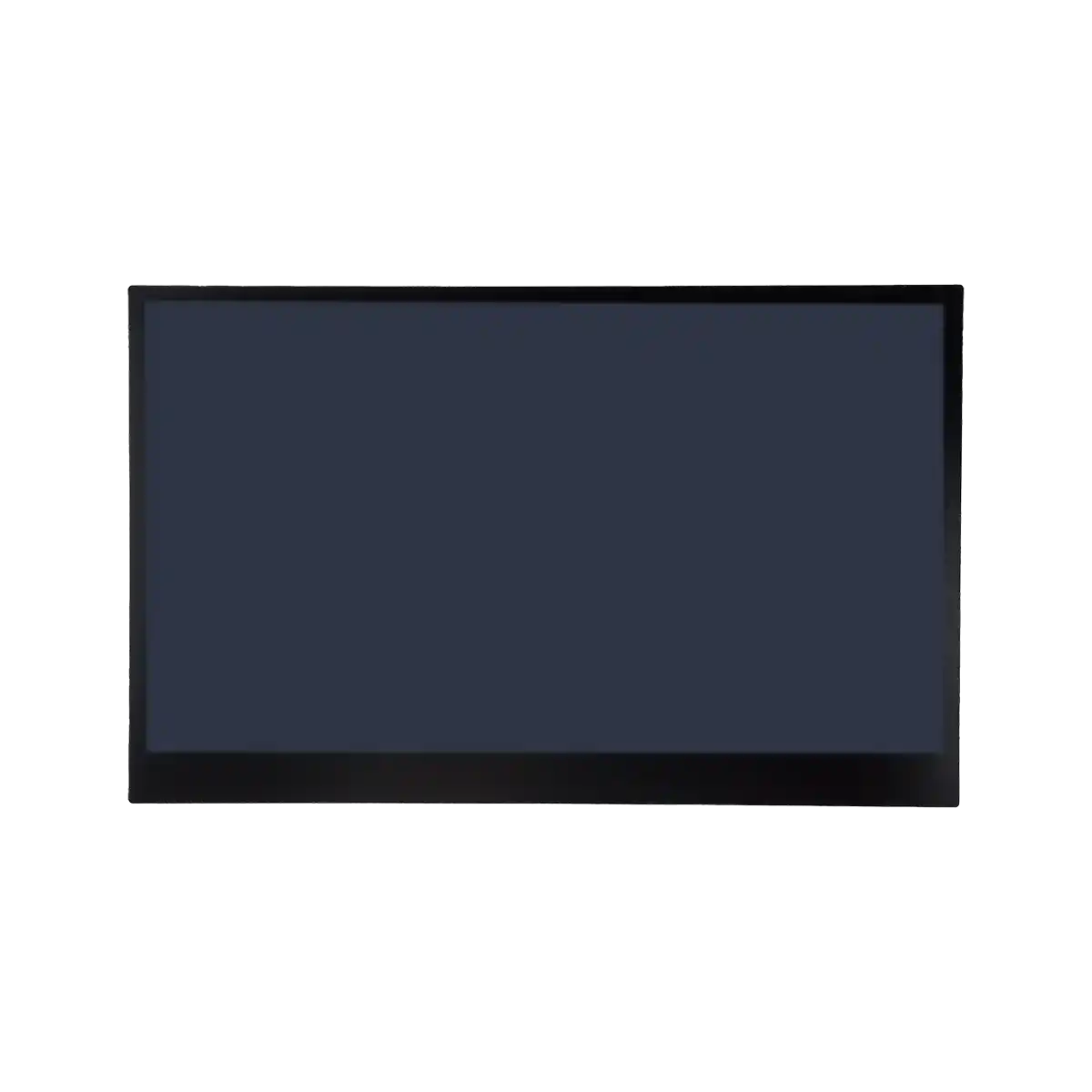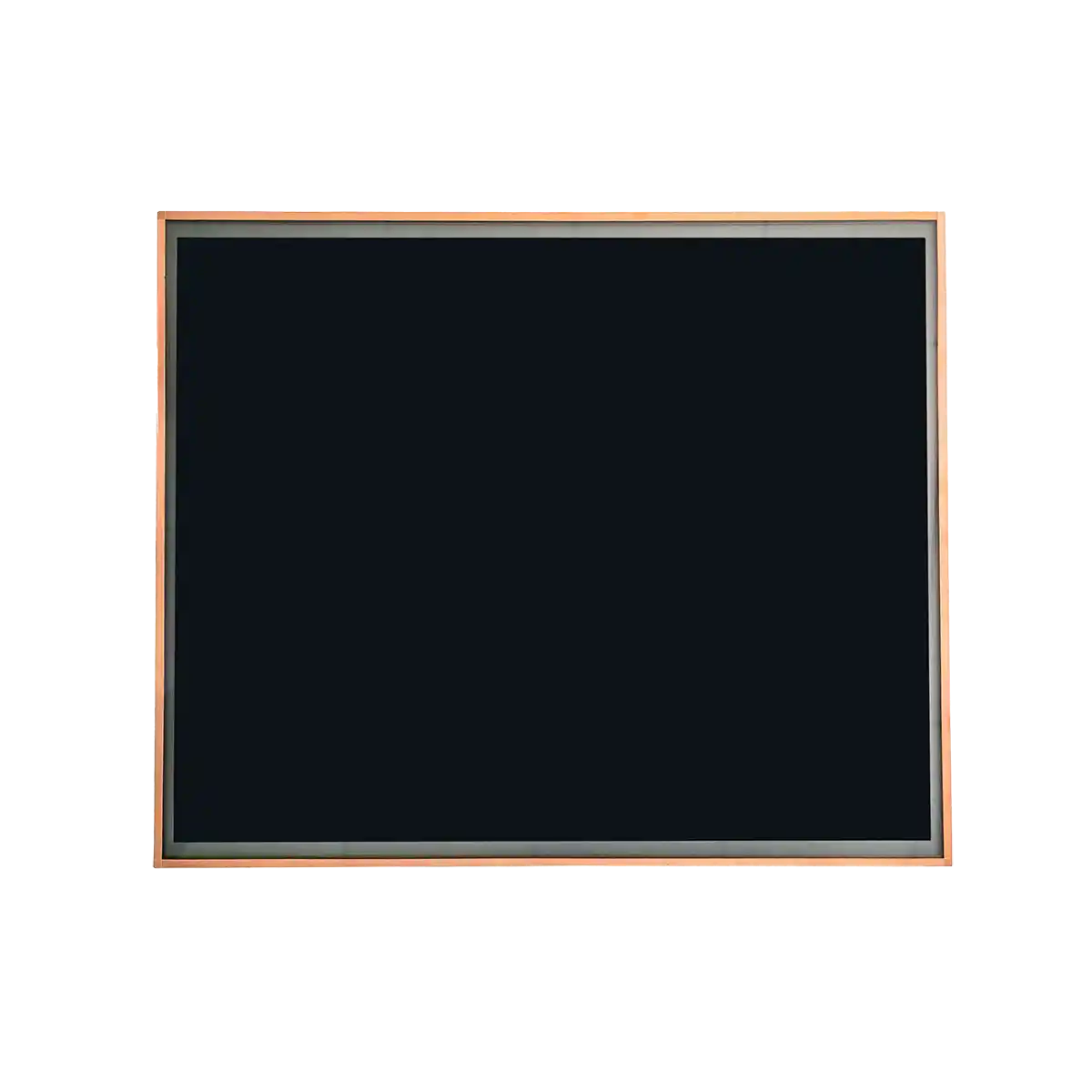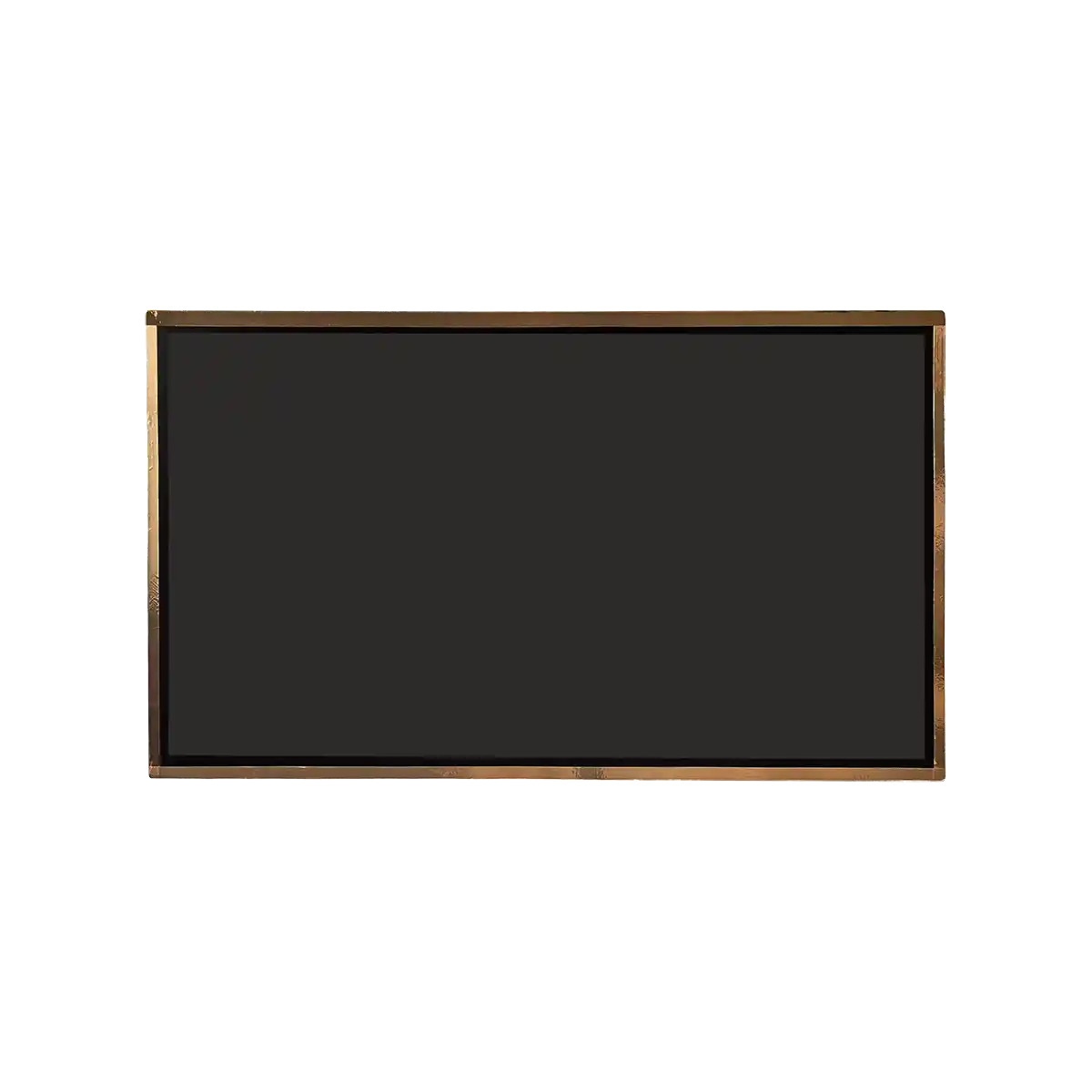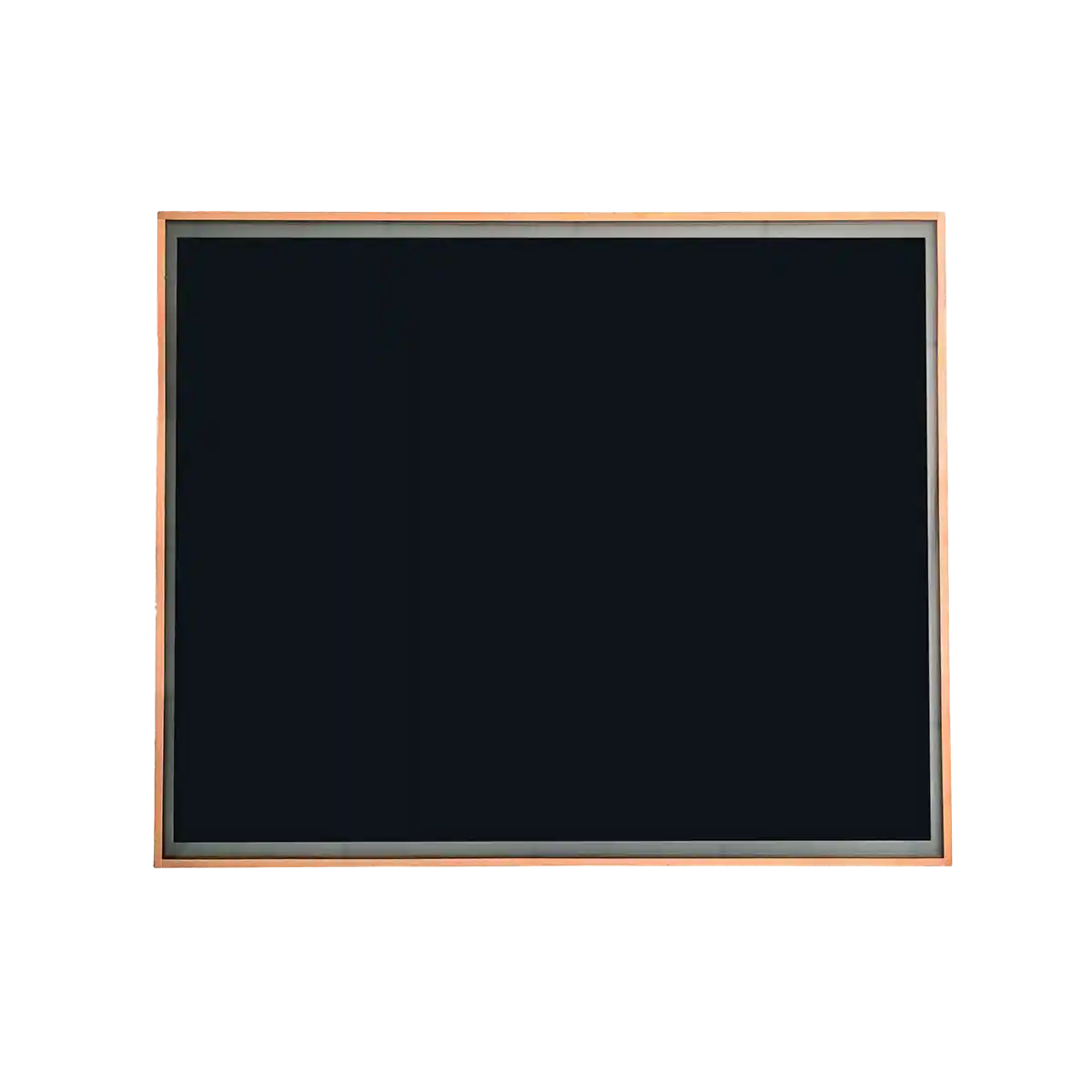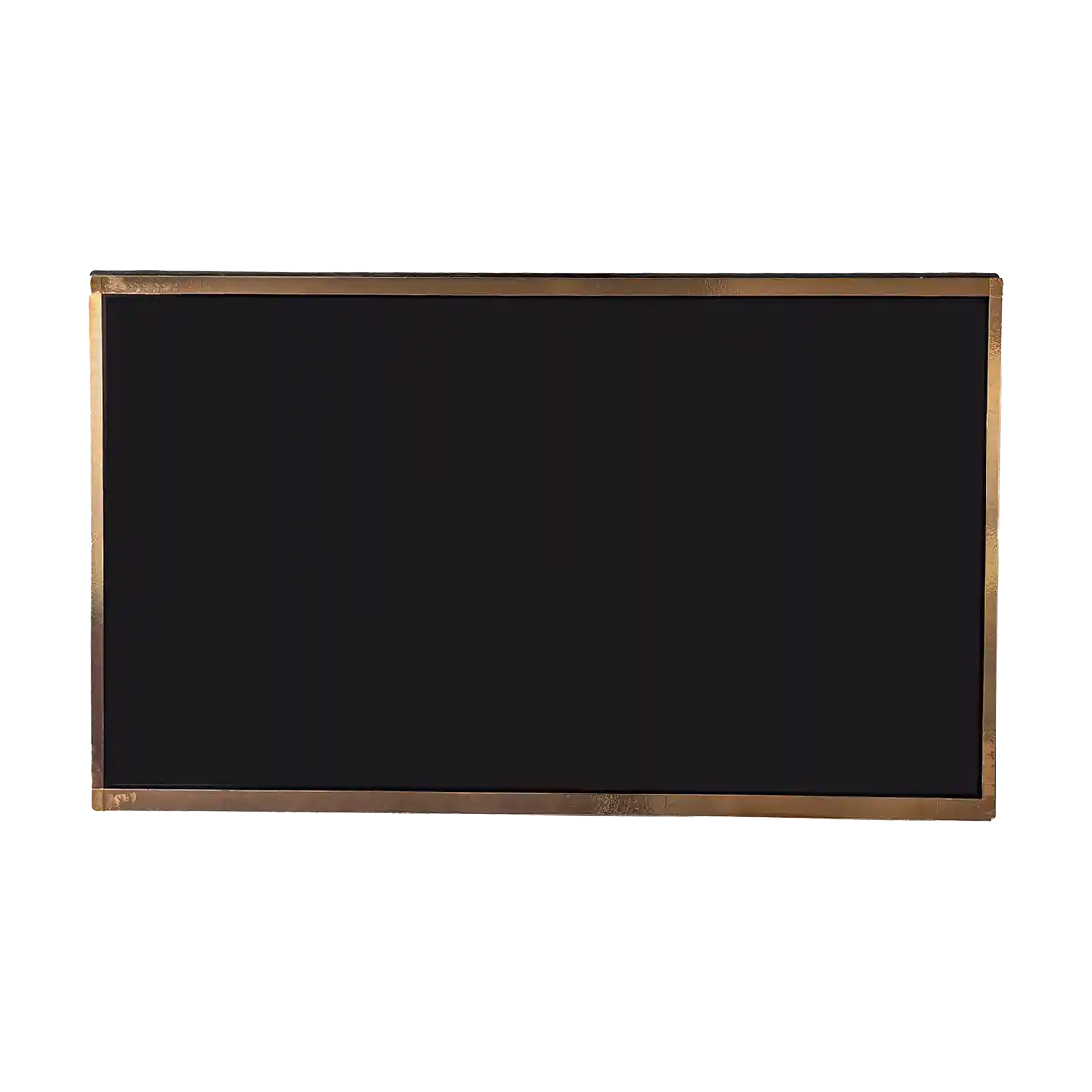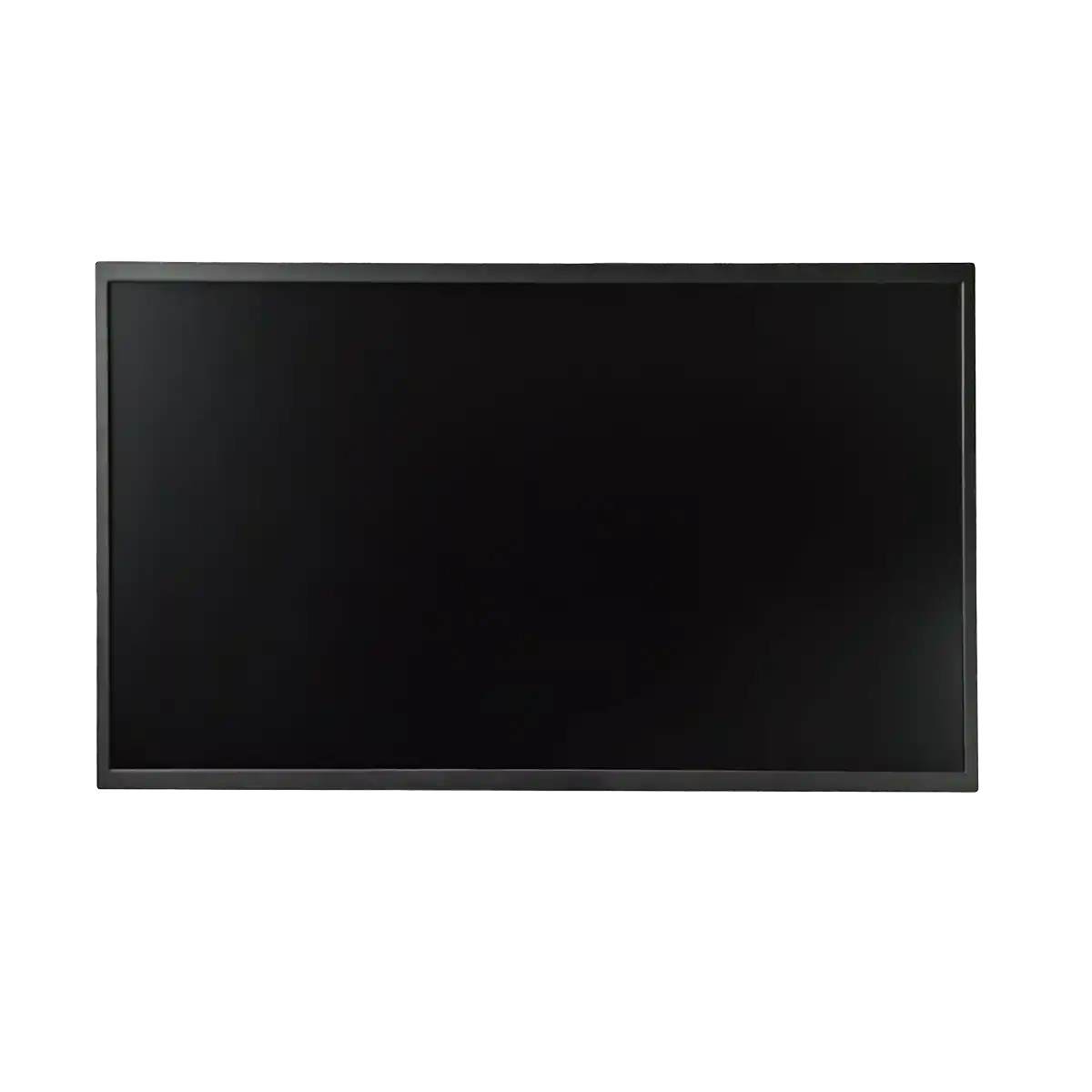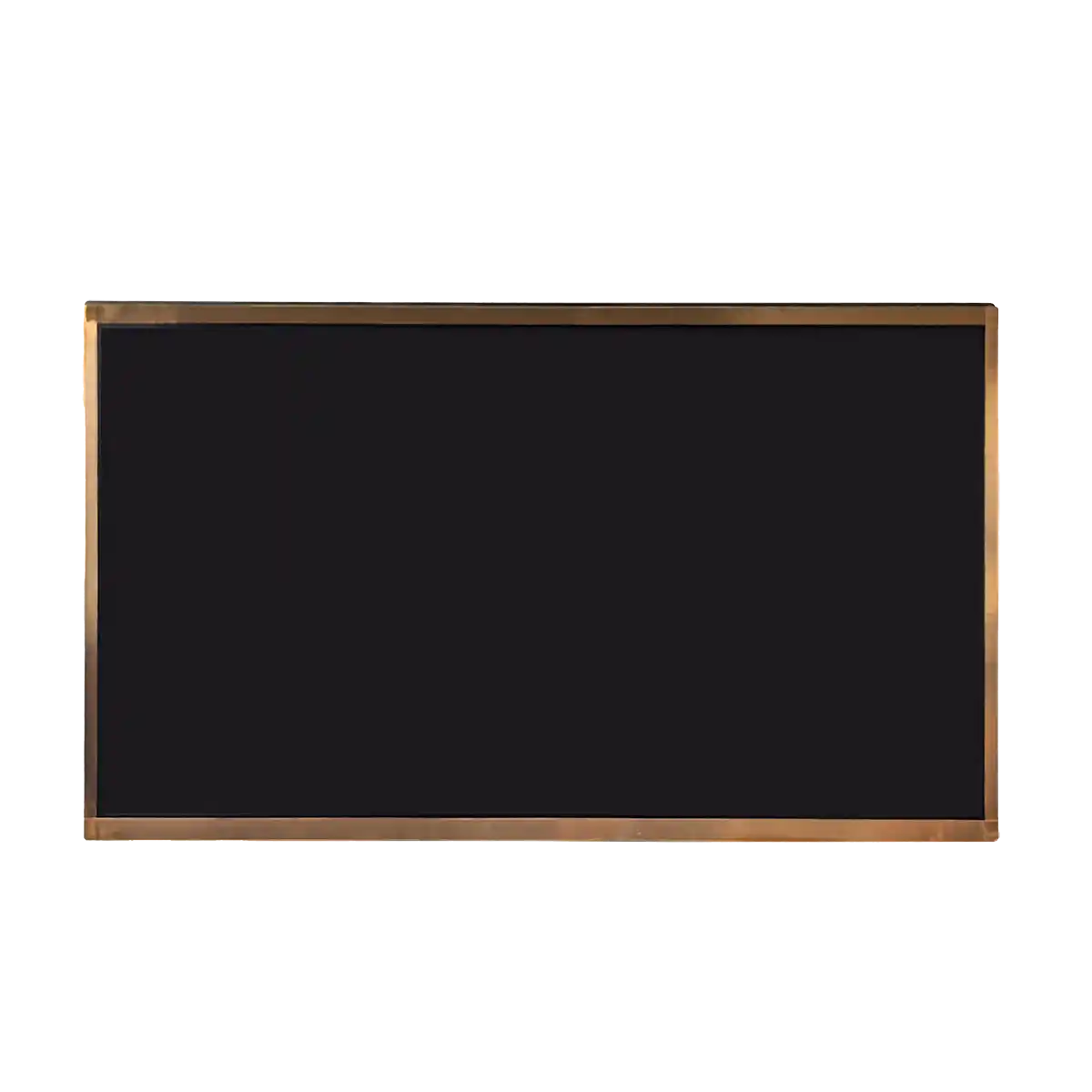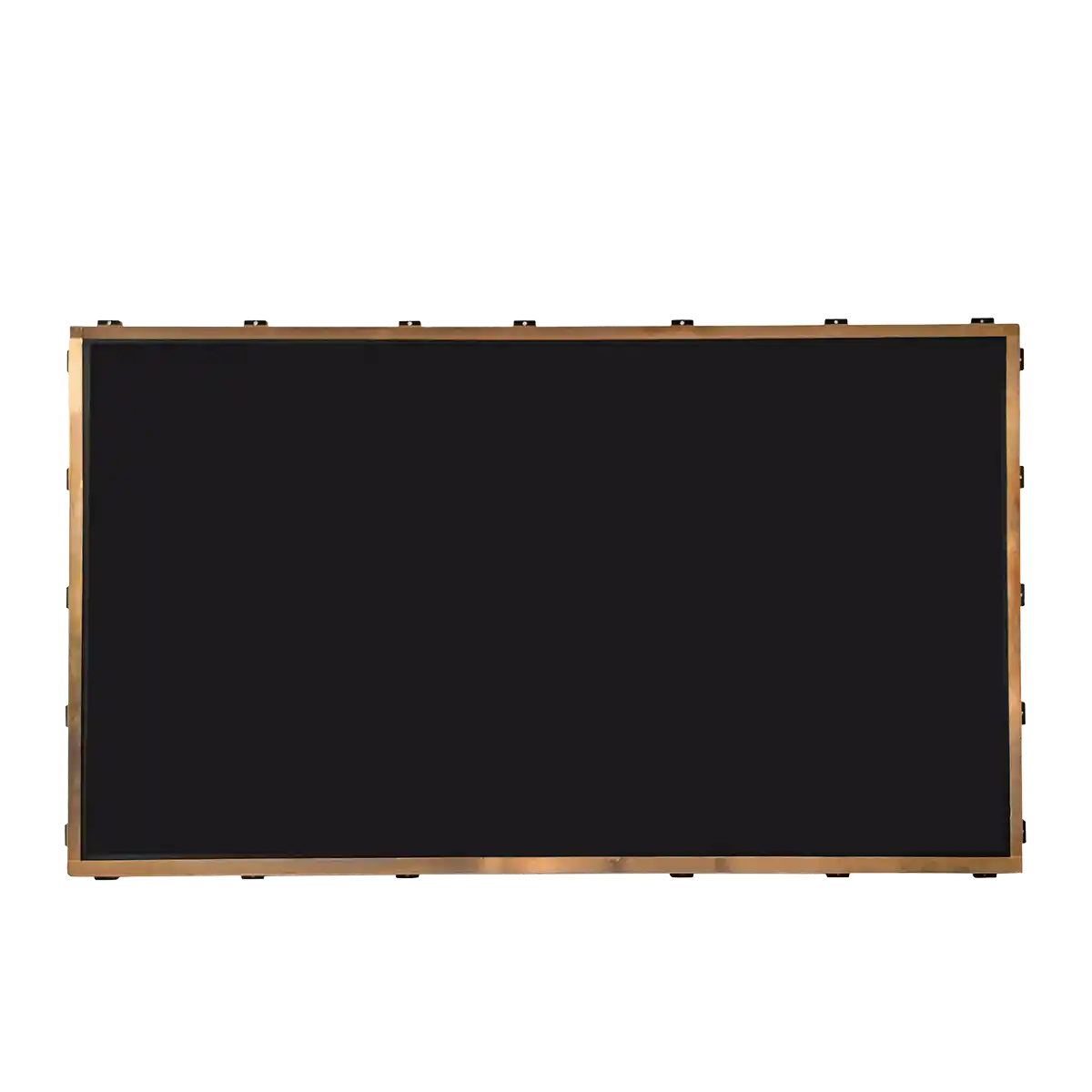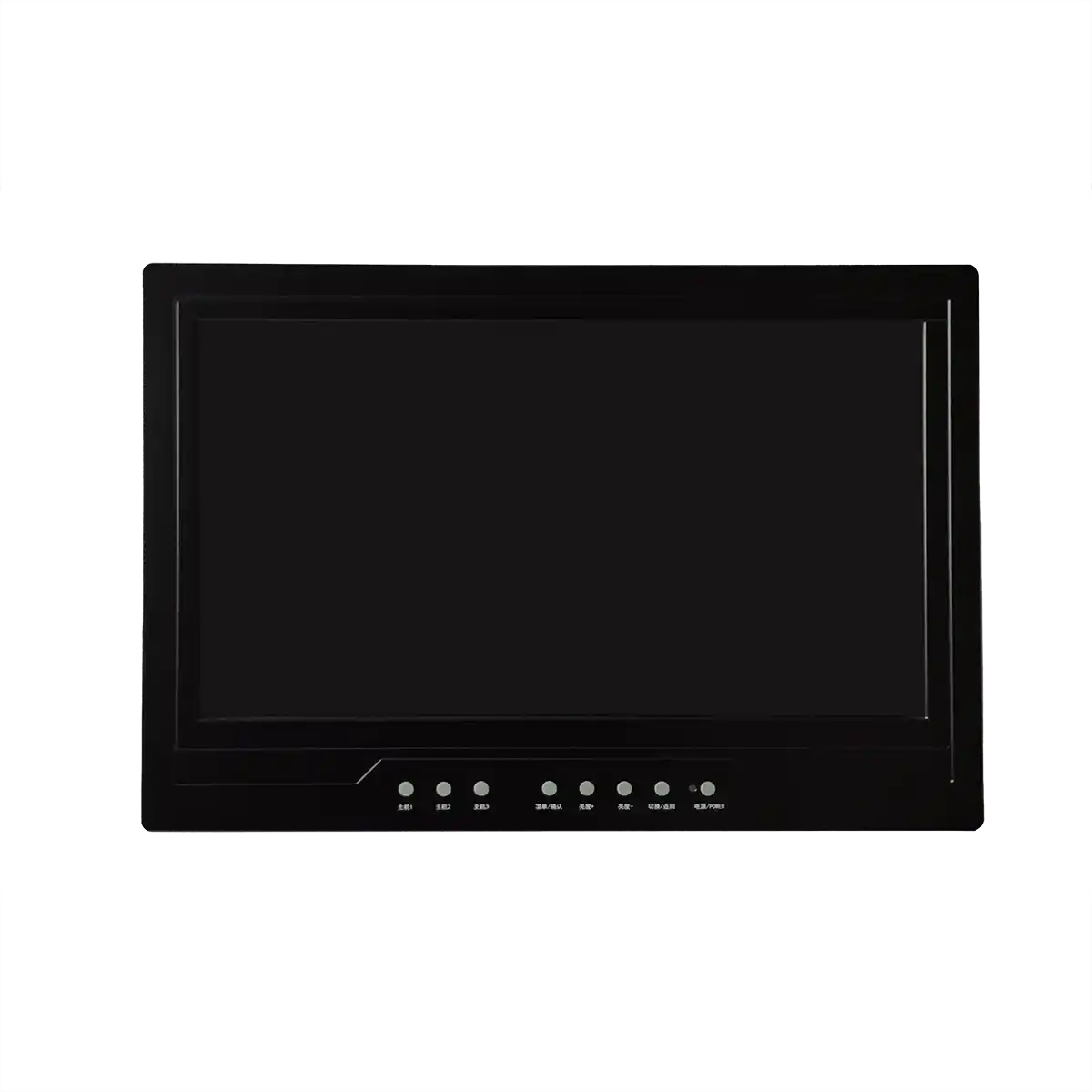The medium-speed wire-cut electric discharge machine (WEDM) is an advanced type of electric discharge machining (EDM) equipment widely used in metal processing. Its history, principles, and applications are as follows:
History: The development of the medium-speed WEDM can be traced back to a unique technological evolution in China. Initially, it evolved from imported slow-speed WEDMs. After several decades of development, a distinctive medium-speed WEDM technology was formed. This technology has a history of about 40 years, with production mainly concentrated in three regions: Suzhou, Beijing, and Taizhou. The origin of the medium-speed WEDM was to meet user needs by preserving the simple structure, low cost, good process effect, and low consumption of fast-speed WEDMs while introducing advanced concepts from international precision mold processing equipment and multiple cutting techniques of slow-speed WEDMs.
Principles: The working principle of the medium-speed WEDM involves using a continuously moving molybdenum wire (called the electrode wire) as an electrode to perform pulse spark erosion on the workpiece, thereby achieving cutting and shaping. Specifically, the medium-speed WEDM maintains a certain discharge gap between the workpiece and the electrode wire, sprays working fluid, and uses the sparks generated between the electrodes to erode a specific gap. Continuous pulse discharges cut out the required shape and dimensions. During rough machining, high-speed (8-12m/s) wire movement is used, and during finish machining, low-speed (1-3m/s) wire movement is employed. This reduces material deformation and molybdenum wire wear, improving machining quality.
Applications: The primary roles of the medium-speed WEDM include:
-
High-precision Machining: The medium-speed WEDM is capable of high-precision machining, making it suitable for the precise machining of molds and components.
-
Multiple Cutting Functionality: By reducing material deformation and molybdenum wire wear, it improves machining quality, offering a compromise between high-speed and low-speed WEDMs.
-
Stripe-free Cutting: It can achieve stripe-free cutting and multiple cuts, resulting in better machining quality than ordinary high-speed WEDMs.
-
Wide Application: It is extensively used in the motor core mold industry, mold manufacturing, and precision parts processing, enhancing production efficiency and machining quality.
Technical Development: The technical development of the medium-speed WEDM can be traced back to the 1980s when the high-speed WEDM, a technology independently developed in China, became a milestone in the field of mechanical processing. Since its successful development at the end of the 1960s, after 30 years of continuous improvement and development, high-speed WEDM technology has become an indispensable processing method in manufacturing. In the 1990s, the medium-speed WEDM technology began to develop. In 1993, Trelleborg Company pioneered the medium-speed WEDM and established Shenzhen Foster Company, operating through OEM. Their technological advantages and management model had a profound impact on the Guangdong WEDM market. In 1998, micrometer-level medium-speed WEDM technology was introduced in Toronto, Canada, and in 2006, the world's first micrometer-level medium-speed WEDM was born. In recent years, medium-speed WEDM technology has been derived from fast-speed WEDM machines, adding UV axes to the fast-speed WEDM’s wire frame to achieve four-axis linkage. The wire feeding mechanism is similar to that of fast-speed WEDM, using reciprocating wire feeding, and the control method is similar to that of slow-speed WEDM, enabling multiple cuts. During rough machining, higher wire speed is used.
What are the specific differences in technical principles and application effects between medium-speed, slow-speed, and high-speed wire-cut electric discharge machines (WEDMs)?
There are some specific differences in technical principles and application effects between medium-speed, slow-speed, and high-speed WEDMs.
Technical Principles:
-
Medium-Speed WEDM: The working principle of the medium-speed WEDM involves a continuously moving molybdenum wire (electrode wire) that rotates around a spool at a certain speed. The workpiece, mounted on the machine's worktable, moves according to a predetermined control path relative to the electrode wire. One pole of the pulse power supply is connected to the workpiece, and the other pole is connected to the electrode wire. A certain discharge gap is maintained between the workpiece and the electrode wire, and working fluid is sprayed to facilitate spark erosion and metal removal.
-
Slow-Speed WEDM: Slow-speed WEDM uses a continuously moving fine metal wire (electrode wire) as an electrode to perform pulse spark erosion and cutting on the workpiece.
-
High-Speed WEDM: High-speed WEDM uses high-speed wire movement during rough machining and low-speed wire movement during finish machining.
Application Effects:
-
Medium-Speed WEDM: Combining the advantages of both fast and slow-speed WEDMs, it offers high machining efficiency and lower manufacturing costs, making it suitable for precision mold processing. It has higher flexibility and adaptability by adjusting the wire speed to meet different machining needs.
-
Slow-Speed WEDM: Known for its high efficiency and precision, it is suitable for processing complex and finely detailed parts. The maximum machining rate exceeds 3500 mm²/min, with an effective machining efficiency of 120-150 mm²/min, and the best surface roughness is Ra0.5-0.8 μm, with a cutting accuracy of ±0.005 mm.
-
High-Speed WEDM: Through multiple cutting techniques, it can improve surface quality and machining accuracy.
Advantages and Limitations of Medium-Speed WEDM in Precision Mold Machining:
Advantages:
-
High Precision and Stability: Medium-speed WEDM machines use precision linear guides, servo drives, and automatic wire threading, enhancing machining precision and stability. These technologies allow the machine to meet high surface finish and roughness requirements in mold manufacturing.
-
Cost-Effectiveness: Positioned between fast and slow-speed WEDMs, medium-speed WEDM machines offer high precision at a moderate cost, making them widely used in mold manufacturing and precision part processing. Additionally, their simple structure, low cost, good process effect, and low consumption make them highly cost-effective.
-
Wide Applicability: Despite some limitations, medium-speed WEDM machines are suitable for the production of general parts and ordinary molds. Some models also feature flexible worktable travel and high cutting angles, enabling the processing of different thicknesses and shapes of workpieces.
-
Intelligent and Automated Upgrades: Future developments in medium-speed WEDM technology will focus on intelligent and automated upgrades, integrating advanced CNC control systems, smart diagnostics and compensation algorithms, and automated loading, unloading, online inspection, and maintenance systems to significantly improve production efficiency and reduce labor costs.
Limitations:
-
Technical Metrics Gap: Compared to slow-speed WEDM machines, medium-speed WEDM machines have a gap in key technical metrics such as machining precision, surface roughness, and average productivity. This limits their application in certain high-precision mold machining processes.
-
Limited Application Scope: While widely used in mold manufacturing, medium-speed WEDM machines still have a limited application scope, primarily suitable for the production of general parts and ordinary molds.
-
Maintenance and Lifespan Issues: Due to the presence of dust in the air, the lead screws of medium-speed WEDM machines may suffer wear, affecting the machine's lifespan.
How to Optimize Multiple Cutting Techniques in Medium-Speed WEDM to Improve Machining Efficiency and Quality:
To optimize the multiple cutting techniques in medium-speed WEDM and improve machining efficiency and quality, the following improvements can be made:
-
Optimize Cutting Parameters:
-
Reasonably select cutting speed and pulse width parameters to improve cutting speed and surface quality.
-
Set appropriate machining parameters, such as cutting current and pulse width, based on the workpiece thickness, material, surface roughness, and precision requirements before implementing multiple cuts.
-
-
Adjust Wire Speed:
-
In multiple cutting processes, the wire speed for the first cut can be appropriately reduced. For example, reducing the wire speed from 11 m/s to 4.4 m/s, although it decreases machining efficiency by about 5%, it significantly reduces mechanical wear on guide wheels, bearings, and conductive blocks, and reduces electrode wire vibration, thereby improving the machine's sustained precision.
-
-
Precise Positioning:
-
Accurately position the workpiece in the machine's machining position to reduce machining errors and improve machining precision.
-
-
Comprehensive Corner Control Strategy:
-
To improve corner cutting precision in medium-speed WEDM, a comprehensive corner control strategy should be adopted.
-
-
Application of Multiple Cutting Techniques:
-
Multiple cutting techniques are fundamental for improving the precision and surface quality of slow-speed WEDM. Generally, the first cut forms the shape, the second cut improves precision, and additional cuts enhance surface quality.
-
-
Error Analysis and Precision Improvement Methods:
-
Analyzing the errors in medium-speed WEDM machines and seeking methods to improve precision are crucial for enhancing product quality and machining efficiency.
-
Global Market Distribution and Major Producers of Medium-Speed WEDM:
Medium-speed WEDM, as a high-precision cutting equipment, is widely used in metal processing, mold manufacturing, aerospace, military, automotive, and electronics 3C industries. According to reports by the Yubo Zhiye research team, the medium-speed WEDM industry has been tracked and monitored globally over a long period, integrating multi-level data and information resources, showing its wide distribution in the global market.
Reasons for Using Industrial Screens in Medium-Speed Wire-Cut EDM:
The primary reason for using industrial screens in medium-speed wire-cut electric discharge machines (WEDMs) is to provide dynamic system status displays and fault diagnosis capabilities, as well as support for the input, storage, and editing of CNC programs and data. These screens not only improve operational convenience but also enhance the intelligence level of the machine, allowing operators to more intuitively monitor and manage the machining process.
Specifically, the application of industrial screens in medium-speed WEDMs has the following significance:
-
Enhance Operational Efficiency: Through large screen displays, operators can clearly see the real-time system status and fault information, enabling quick responses and reducing downtime.
-
Strengthen Data Management Capabilities: The screen can display and record a large amount of CNC programs and data, facilitating data input, storage, and modification, thus improving the efficiency and accuracy of data management.
-
Improve Machine Performance: Medium-speed WEDMs that use industrial screens typically employ advanced hardware and software technologies, such as industrial Windows systems and touch-screen interfaces, which enhance the precision and stability of the machine.
-
Optimize User Experience: Large screen displays make the operation interface more intuitive and user-friendly, reducing operational complexity and enhancing user comfort and satisfaction.
The use of industrial screens in medium-speed WEDMs is not only to meet the demands of modern manufacturing for high precision and efficiency but also to enhance overall operational experience and machine performance, thereby maintaining a competitive edge in the market.
Key Characteristics of G104XVN01.0 as an Industrial Screen for Medium-Speed WEDM:
G104XVN01.0 can serve as an industrial screen for medium-speed WEDM based on the following key characteristics:
-
High Resolution and Clarity: G104XVN01.0 supports XGA resolution (1024×768), providing sufficient clarity and detail, allowing operators to monitor and control the cutting process more accurately.
-
Wide Viewing Angle: The screen has a wide viewing angle of 89/89/89/89, meaning that image quality remains consistent from any viewing angle, which is beneficial in multi-user environments.
-
Wide Operating Temperature Range: G104XVN01.0 operates within a temperature range of -30°C to 80°C, making it stable in various industrial environments, including workshops with significant temperature variations.
-
Long-life LED Backlight: The screen is equipped with a WLED backlight system with a lifespan exceeding 70,000 hours, ensuring long-term reliability.
-
High Contrast Ratio: G104XVN01.0 has a contrast ratio of up to 3000:1, making images more vivid and details clearer, which helps to improve operational efficiency and accuracy.
-
Non-Touch Functionality: Although it does not have touch functionality, its stable display and high resolution make it suitable for applications requiring precise display without external interference.
These characteristics make G104XVN01.0 very suitable for use as an industrial screen in medium-speed WEDMs, as it provides clear and stable display and maintains good performance in various industrial environments.
Performance of G104XVN01.0 in Medium-Speed WEDM Applications:
The specific performance of the G104XVN01.0 screen in medium-speed WEDM applications can be analyzed through its technical parameters and features. This screen is a high-performance TFT-LCD display with the following characteristics:
-
Display Quality: G104XVN01.0 supports XGA resolution (1024×768 pixels) and can display 16.2M or 262k colors, providing clear and rich images. With a brightness of 470 nits and a contrast ratio of 3000:1, it ensures good visibility and color representation.
-
Signal Interface: The screen uses an LVDS (1 ch, 6/8-bit) signal interface with a total of 30 pins, terminal connection, and a drive voltage of 3.3V (Typ.), offering high stability and reliability in signal processing.
-
Refresh Rate: Its typical vertical refresh rate is 60Hz, meaning the screen updates 60 times per second, suitable for applications requiring fast response.
-
Mechanical Strength and Electrical Characteristics: G104XVN01.0 meets strict standards and specifications for mechanical strength and electrical characteristics, ensuring durability and reliability in various industrial environments.
-
Applicability: This screen is suitable for a variety of industrial applications, including industrial PCs, HMIs (Human-Machine Interfaces), and Raspberry Pi devices, indicating its broad compatibility and adaptability.
The G104XVN01.0 screen should perform excellently in medium-speed WEDM applications, particularly in terms of display quality, signal processing, mechanical strength, and electrical characteristics.
Advantages of G104XVN01.0 in Durability and Reliability:
G104XVN01.0 has significant advantages in durability and reliability. First, the screen has a lifespan greater than 70,000 hours, indicating that its backlight system is highly durable and can operate stably for a long time without replacement. Second, G104XVN01.0 operates within a temperature range of -30 to 80°C, and the storage temperature is also -30 to 80°C, meaning it can function normally in extreme conditions, adapting to various industrial environments. Additionally, the screen's vibration resistance is 1.5G (14.7 m/s²), indicating it can withstand higher levels of vibration without affecting performance. Finally, G104XVN01.0 has undergone a series of rigorous reliability tests, including temperature cycling, to ensure its stability and reliability under various conditions.
Special Requirements for Industrial Screens in Medium-Speed WEDM and Compliance of G104XVN01.0:
The special requirements for industrial screens in medium-speed WEDM typically include high brightness, wide viewing angles, vibration resistance, and durability suitable for industrial environments. The AUO G104XVN01.0 screen has the following features:
-
High Brightness: The screen can increase brightness, making it suitable for use in brightly lit industrial environments.
-
Wide Viewing Angles: The screen has wide viewing angle characteristics, ensuring consistent color and brightness from different viewing angles.
-
Vibration Resistance: The screen's maximum vibration level is 1.5G (14.7 m/s²), indicating it can withstand certain levels of vibration, making it suitable for industrial use.
-
Industrial Use: The screen is explicitly marked for industrial use, including applications such as industrial PCs, HMIs, and Raspberry Pi.
Energy Consumption and Heat Dissipation of G104XVN01.0:
The G104XVN01.0 screen has a backlight power consumption of 6.0W (typical), indicating relatively low energy consumption. In industrial applications that require long-term operation, low energy consumption helps reduce energy usage and heat dissipation needs, thereby extending the equipment's lifespan and lowering maintenance costs.
Additionally, industrial displays are often required to operate in wide-temperature environments, meaning they must function reliably under extreme temperature conditions. The G104XVN01.0 screen is designed with this in mind, featuring high brightness, wide viewing angles, and a longer product lifespan. These characteristics ensure that the screen maintains good display quality and reliability in harsh industrial environments.
G104XVN01.0 is a 10.4-inch color TFT-LCD display produced by AUO (AU Optronics). The detailed specifications are as follows:
-
Screen Size: 10.4 inches.
-
Resolution: 1024×768 (XGA).
-
Brightness: 470 nits (Typ.).
-
Contrast Ratio: 3000:1 (Typ.).
-
Display Mode: PSA, normally black, transmissive.
-
Pixel Density: Not explicitly mentioned, but the resolution is 1024×768.
-
Viewing Angles: 89/89/89/89.
-
Operating Temperature Range: -30°C to 80°C.
-
Backlight Type: White LED backlight, with a lifespan greater than 70,000 hours.
-
Interface Type: LVDS (1 ch, 6/8-bit), 30 pins in total.
-
Vertical Refresh Rate: 60Hz.
-
Outer Dimensions: 210.4 × 157.8 mm.
-
Active Display Area: 210.4 × 157.8 mm.
These specifications indicate that the G104XVN01.0 is a high-resolution, high-contrast LCD suitable for industrial applications, with good viewing angles and a long backlight lifespan, making it suitable for use in various environments.
Power Consumption of the G104XVN01.0 LCD:
The power consumption of the G104XVN01.0 LCD is 6.0W. However, the specific energy consumption figures were not clearly provided in the available information. Typically, energy consumption and power consumption can be considered similar concepts, but they may refer to different aspects; for example, energy consumption might include the entire system's energy usage, not just the LCD itself.
Additional Interface Types Supported by the G104XVN01.0 LCD:
According to the search results, in addition to LVDS, the G104XVN01.0 LCD supports interfaces such as I2C, SPI, USB, UART, and RS232. This information comes from a source that mentions "touchscreen interface signals including I2C, SPI, USB, UART, RS232, etc." Although the discussion primarily focuses on touchscreen interfaces, it can be inferred that the G104XVN01.0 LCD, as part of a touchscreen solution, also supports these interface types. However, it should be noted that it is not explicitly stated whether these interfaces are supported by the LCD itself or are limited to the touchscreen component.
Performance of the G104XVN01.0 LCD at Different Temperatures:
The performance of the G104XVN01.0 LCD at different temperatures is as follows:
-
Operating Temperature Range: The operating temperature range of the G104XVN01.0 LCD is -30°C to 80°C. This means the LCD can function normally in extremely cold (e.g., during winter in cold regions) and hot (e.g., during summer in hot regions) environments.
-
Storage Temperature Range: The storage temperature range is also -30°C to 80°C, indicating that the LCD can be safely stored without damage within these temperature ranges.
-
Vibration Resistance: The vibration resistance of the G104XVN01.0 LCD is 1.5G (14.7 m/s²). This means the LCD can remain stable and undamaged even when subjected to certain levels of vibration during transportation or use.
-
Other Characteristics: The LCD uses an LVDS (1 ch, 6/8-bit) signal interface, 30 pins in total, with terminal connections, and a drive voltage of 3.3V (Typ.), with a typical vertical refresh rate of 60Hz. These features ensure flexibility and high performance in various applications.
Details of the Backlight Technology in the G104XVN01.0 LCD:
The details of the backlight technology in the G104XVN01.0 LCD are as follows:
-
Backlight Type: The LCD uses WLED (White Light Emitting Diode) backlight technology.
-
Backlight Lifespan: The backlight lifespan is greater than 50,000 hours, with some sources indicating it is greater than 70,000 hours.
-
Backlight Driver: The circuit includes an LED driver.
Market Position and Main Application Areas of the G104XVN01.0 LCD:
The G104XVN01.0 LCD is a 10.4-inch a-Si TFT-LCD module product launched by AUO, featuring WLED backlight and LED driver technology, without touch functionality. This LCD has characteristics such as high brightness, wide viewing angles, longer product life, and lower power consumption, making it suitable for a variety of application areas.
From a market positioning perspective, the G104XVN01.0 LCD is primarily aimed at industrial applications. Its high brightness and wide viewing angles make it very suitable for use in various industrial environments, such as desktop monitors, medical equipment, automotive displays, industrial computers, and digital cameras. Additionally, this LCD is widely used in military, railway, aviation, medical security, and other fields.
LEEHON's Solution for Wire-Cut EDM:
LEEHON provides screen solutions for the wire-cut electric discharge machine (WEDM) industry, offering the G104XVN01.0 model as a screen for medium-speed WEDMs. In this article, we have delved into the WEDM equipment and showcased LEEHON's solution. Our solution is highly adaptable to equipment across various industries, not only solving the issues for WEDMs but also bringing digital solutions to the machinery industry.
LEEHON is committed to innovation and customer satisfaction. We understand the importance of continuous improvement. We believe that through our expertise and high-quality solutions, we can deliver true value to our customers and drive the machinery industry forward.
Reasons for Choosing the G104XVN01.0 LCD:
-
IPS Vibration Resistance Technology: The G104XVN01.0 uses IPS (In-Plane Switching) display technology, which not only provides wide viewing angles and high color accuracy but also effectively resists mechanical vibrations, ensuring stable display in harsh environments.
-
High ESD Rating: The LCD has a high Electrostatic Discharge (ESD) protection rating, allowing it to maintain good performance in static environments, reducing failures caused by static, and improving the reliability and lifespan of the equipment.
These advantages make the G104XVN01.0 an ideal choice for WEDMs, meeting their needs in high-vibration and static-prone environments.
If you are interested in the above LCD product or need more customized display solutions, please contact our professional team. We are ready to provide technical support and consulting services. You can reach us via the following methods: ● Email: info@leehon.com
Our team is dedicated to serving you, and we look forward to collaborating with you!


